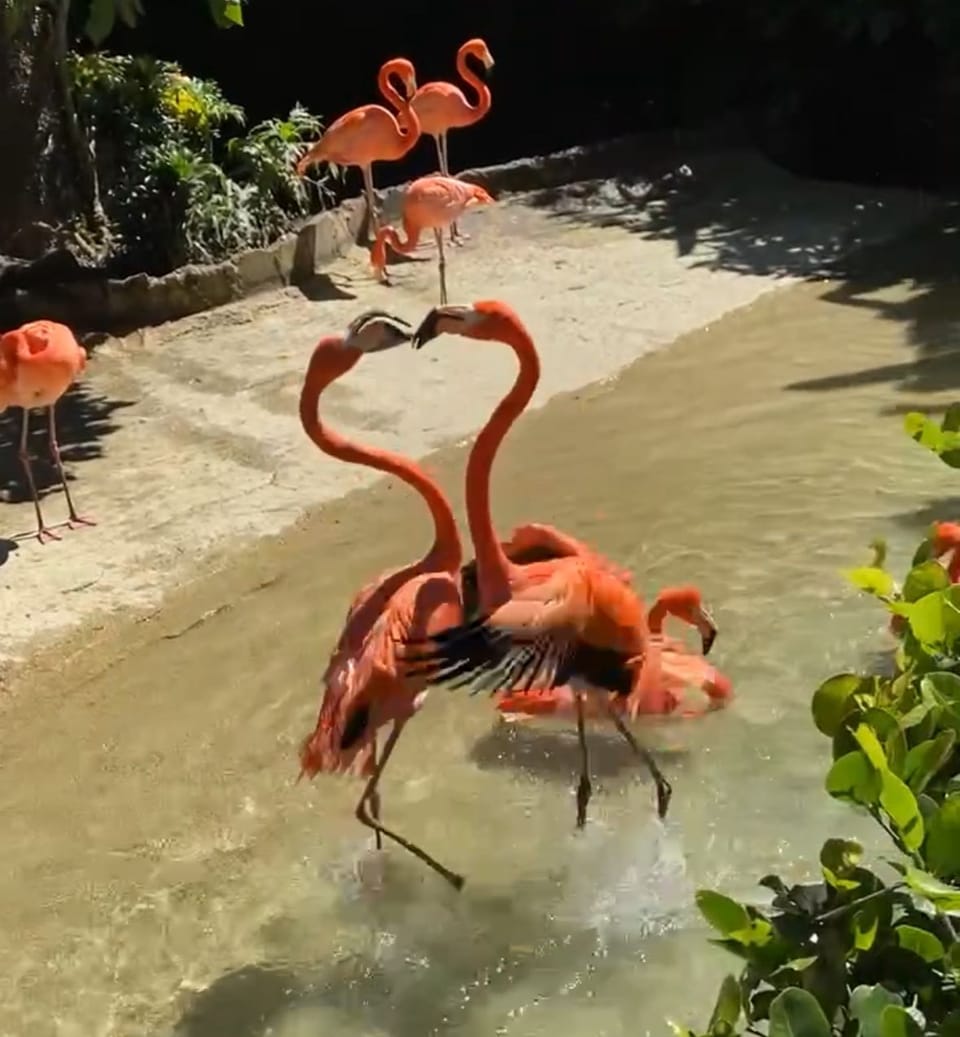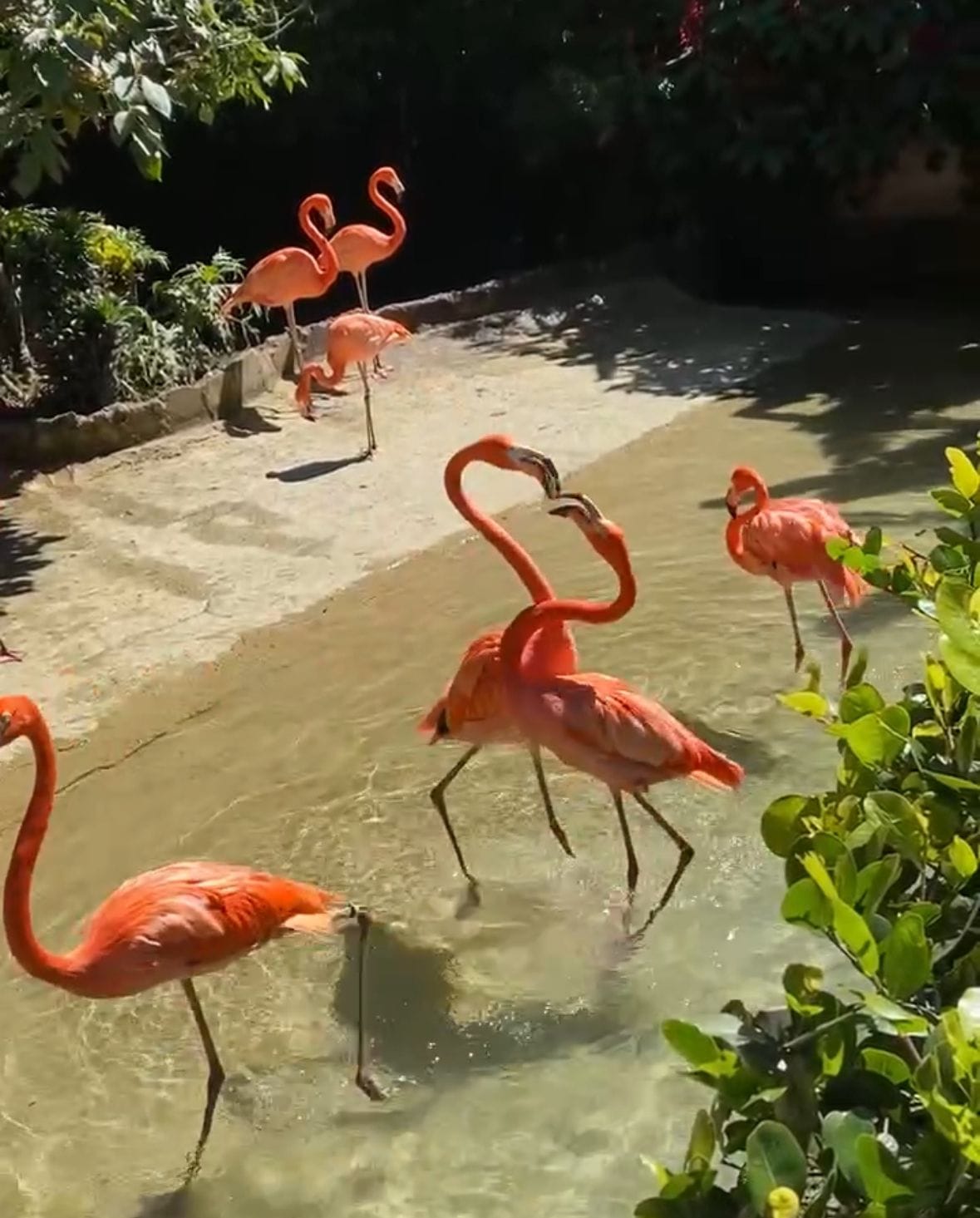Flamingos are emblems of grace, adaptability, community and passion

The word "Flamingo" is derived from the Spanish term "flamenco," which originally referred to the people of Andalusia, in southern Spain. Although there are several theories about how this term was related to the bird, one of the most accepted is that the early European explorers and colonizers, upon seeing these birds in Latin America, associated them with the colorful appearance and elegance of the flamenco-Andalusian culture of Spain. This association led to the birds being called "flamingos," and the term has stuck since then.

Flamingos are social animals that live in large colonies, where thousands of individuals can be found. These colonies are an example of the importance of community and collaboration in the animal world.
Flamingos are recognized for their elegance and grace, symbolizing these qualities in various cultures. Their dedication in searching for food and during courtship makes them symbols of passion and determination.
Flamingos can live up to 40 years in the wild and even longer in captivity. This longevity allows them to develop strong social bonds and contribute to the stability of their colonies.
The most famous natural habitat in the world to see flamingos in their natural state is the Río Lagartos Flamingo Nature Reserve on the Yucatán Peninsula, Mexico.

Member discussion